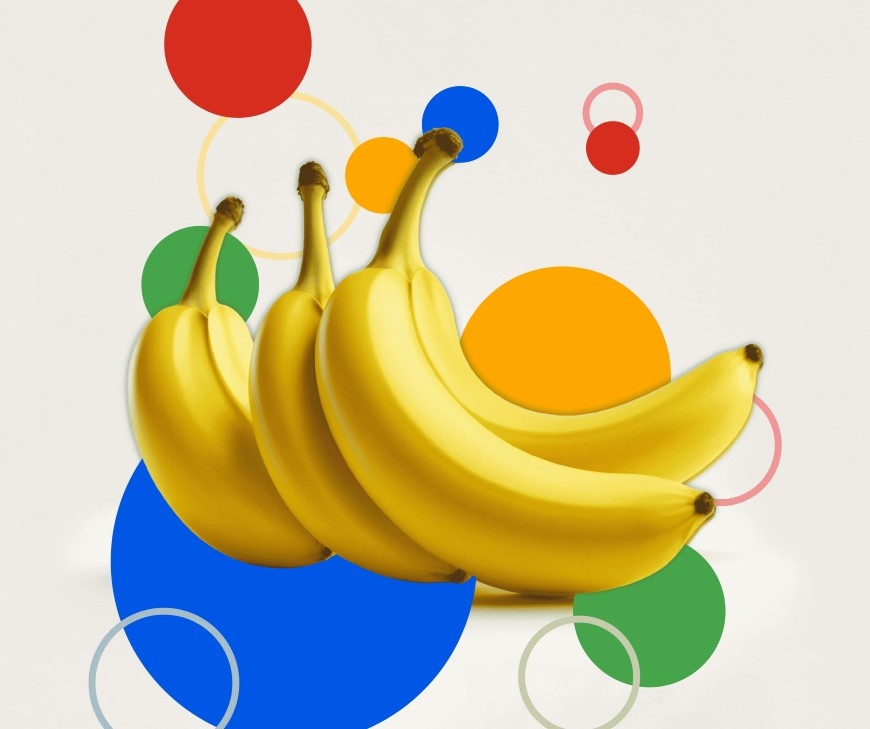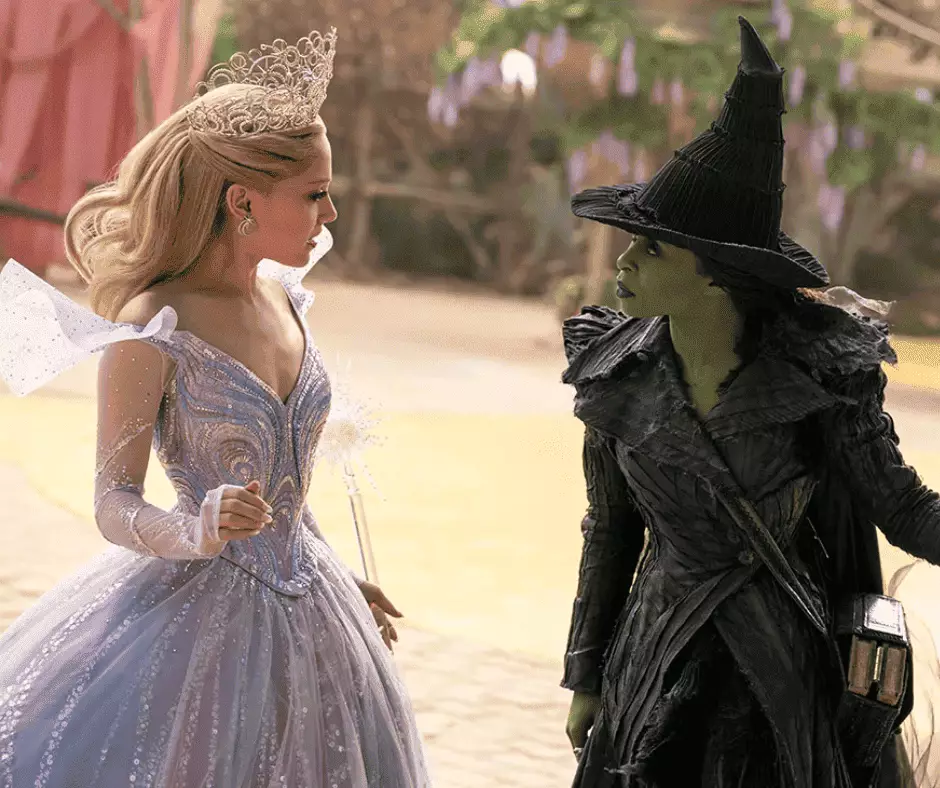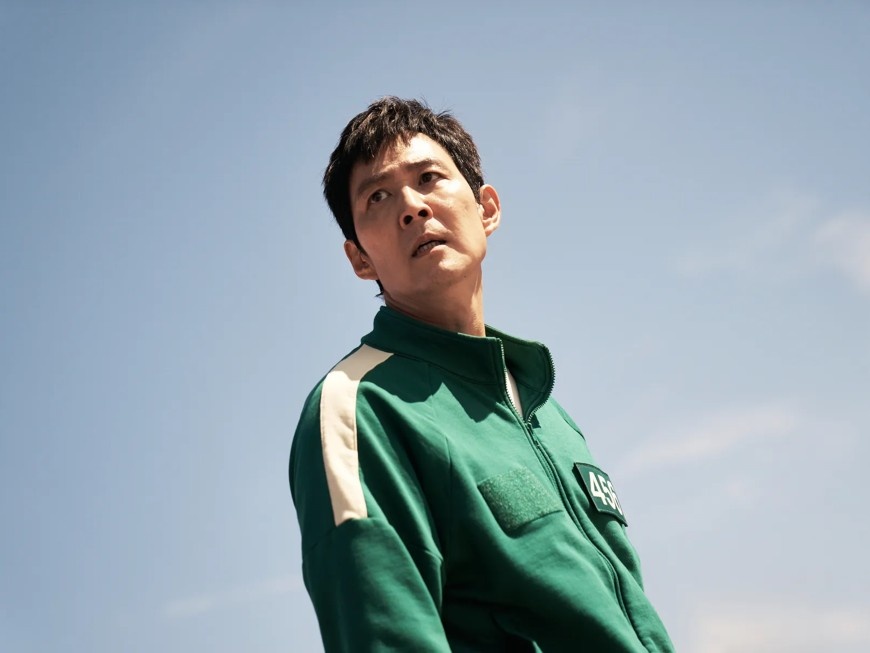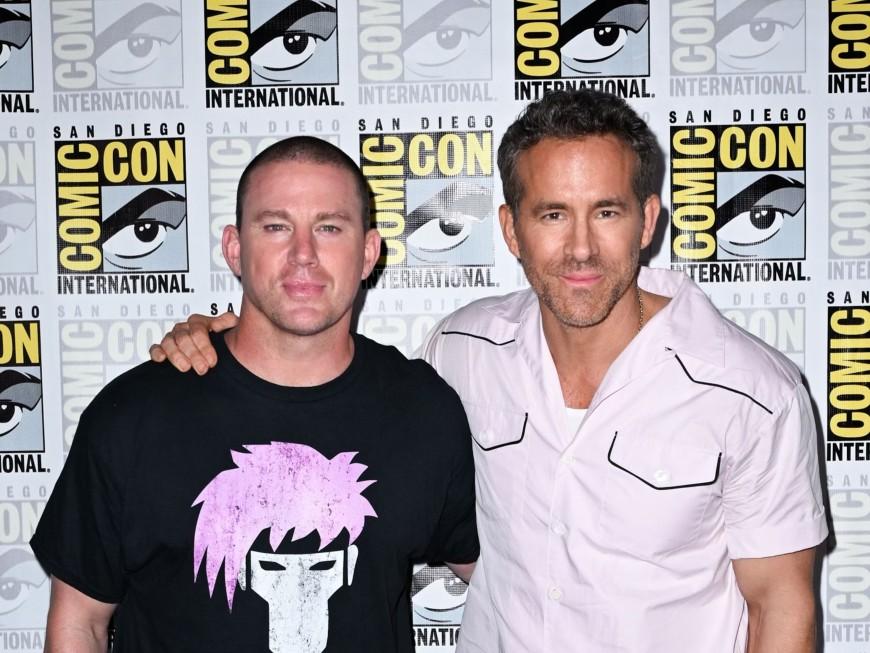The conversation has moved far past whether machines can make images. They can and they do, constantly. The real issue is how the legal system, cultural traditions, and human creativity will respond when algorithms become part of the artistic process.
The Shifting Ground of Copyright
Courts are starting to draw clearer lines. A United States appeals court recently ruled that works created entirely by AI cannot receive copyright protection. Human authorship remains the core principle of current intellectual property law. At the same time, some companies have tested the boundaries by securing rights for works where humans supplied prompts or performed meaningful edits. Those mixed outcomes are creating a fragmented landscape.Copyright law grew up when creative acts came directly from human thought and hand. Machine learning models now train on vast collections of human images and produce new outputs in seconds. That mismatch creates tough questions about where ownership begins and how credit should flow.
Practical proposals are appearing. Some people call for robust attribution systems that record who contributed original material and who used AI tools to transform it. Other proposals suggest licensing schemes that compensate creators whose work is used to train models. No clear standard has emerged, and that uncertainty affects artists, platforms, and audiences.
The Cultural Layers We Cannot Ignore
Law is only part of the picture. Culture, history, and identity carry weight in ways that legal rules may fail to capture. In Australia, Indigenous communities have urged stronger protections to keep sacred imagery and cultural markers from being copied or altered by machine learning tools without consent. That concern is about respect and survival as much as it is about ownership.Working artists have raised similar alarms. Many recognise their signature lines in AI outputs and feel a loss of control. Requests for clear labelling of AI-produced images are growing, along with campaigns for compensation when original work becomes part of training sets. Those conversations are about how we honour creative labour and how we protect vulnerable communities.
When a culture sees its markers used without permission, harm can follow quickly. Practical protections will require conversation, consent, and a willingness from technology firms to listen and change their practices.
The Strange Rise of Nano Banana
Google’s Nano Banana is an attempt to solve one of the biggest frustrations people have had with AI imagery: faces that warp, hands that multiply, and details that collapse under close inspection. By keeping likenesses consistent and edits more natural, Nano Banana makes AI outputs look polished enough to pass as untouched photographs.That technical leap brings comfort to users who want reliable tools for editing, but it also brings the larger debate into sharper focus. If AI can refine an image so cleanly that it looks indistinguishable from an original, then questions of authorship, authenticity, and ownership grow urgent. An edited family portrait becomes harder to trace back to a real moment. A photojournalistic image can be altered in ways that are invisible to the casual eye. An artwork can be tweaked into something new without the artist’s knowledge or permission.
What appears as a fix for clumsy AI glitches ends up raising deeper issues of trust. The smoother AI becomes, the harder it is for viewers to separate human creativity from machine intervention. That challenge sits right at the centre of current debates around copyright, cultural rights, and the value of creative work.
This tension is at the heart of the debate. Practical tools that fix user frustrations will be welcomed, and those same tools will force fresh thinking about authenticity and provenance.
Creativity, Law, and the Messy Middle
We are living in a period of negotiation. Courts are testing precedents, artists are organising responses, and technology companies are rolling out new features. The result is a messy middle where norms, policy, and product development are all trying to find a reasonable balance.For image makers, the uncertainty can be immediate and painful. For people who enjoy or share images, the change can feel slow but real. For communities with cultural heritage at stake, the risk can feel urgent.
Workable steps exist. Better transparency about training datasets, clearer licensing choices, and strong attribution systems would help. Payment flows that share value with those whose work fuels the models would also change the dynamics in a positive way.
Where Creative Splits Fits Into the Future
All of these issues come back to value and trust. When machines, people, and communities shape creative work together, we need systems that record contributions and distribute rewards fairly. That is how trust is rebuilt.Creative Splits is designed to manage that complexity. Our platform makes payments clear, timely, and auditable. That means creators receive the right share, organisations can distribute funds with confidence, and communities can see where value moves.
If you want to simplify how you manage rights, payments, and shared creative value, book a free call with Creative Splits today. We will help you set up a system that feels fair and transparent.






